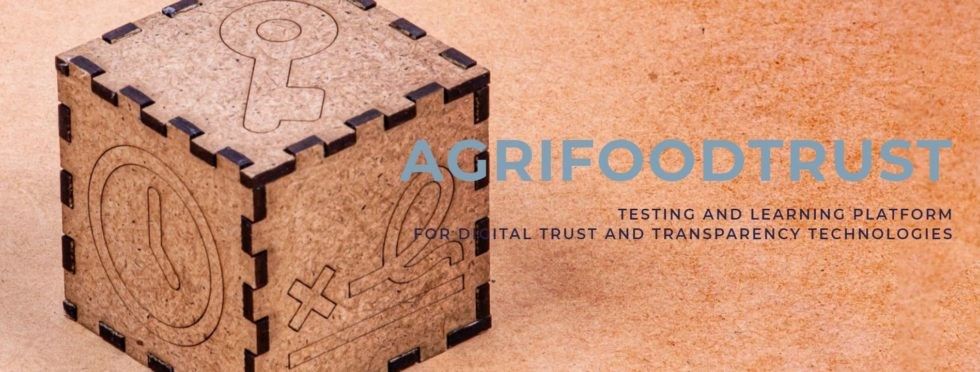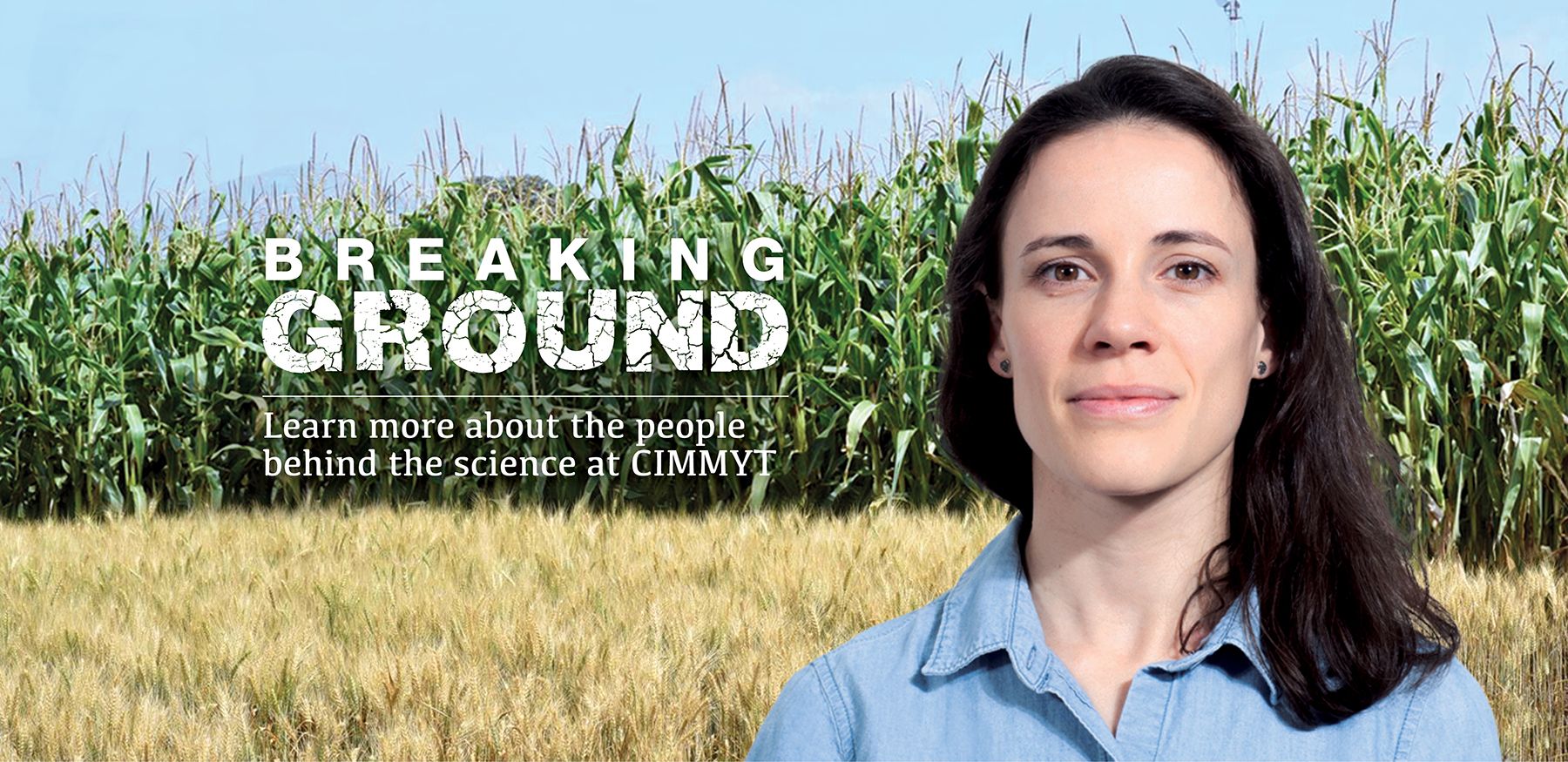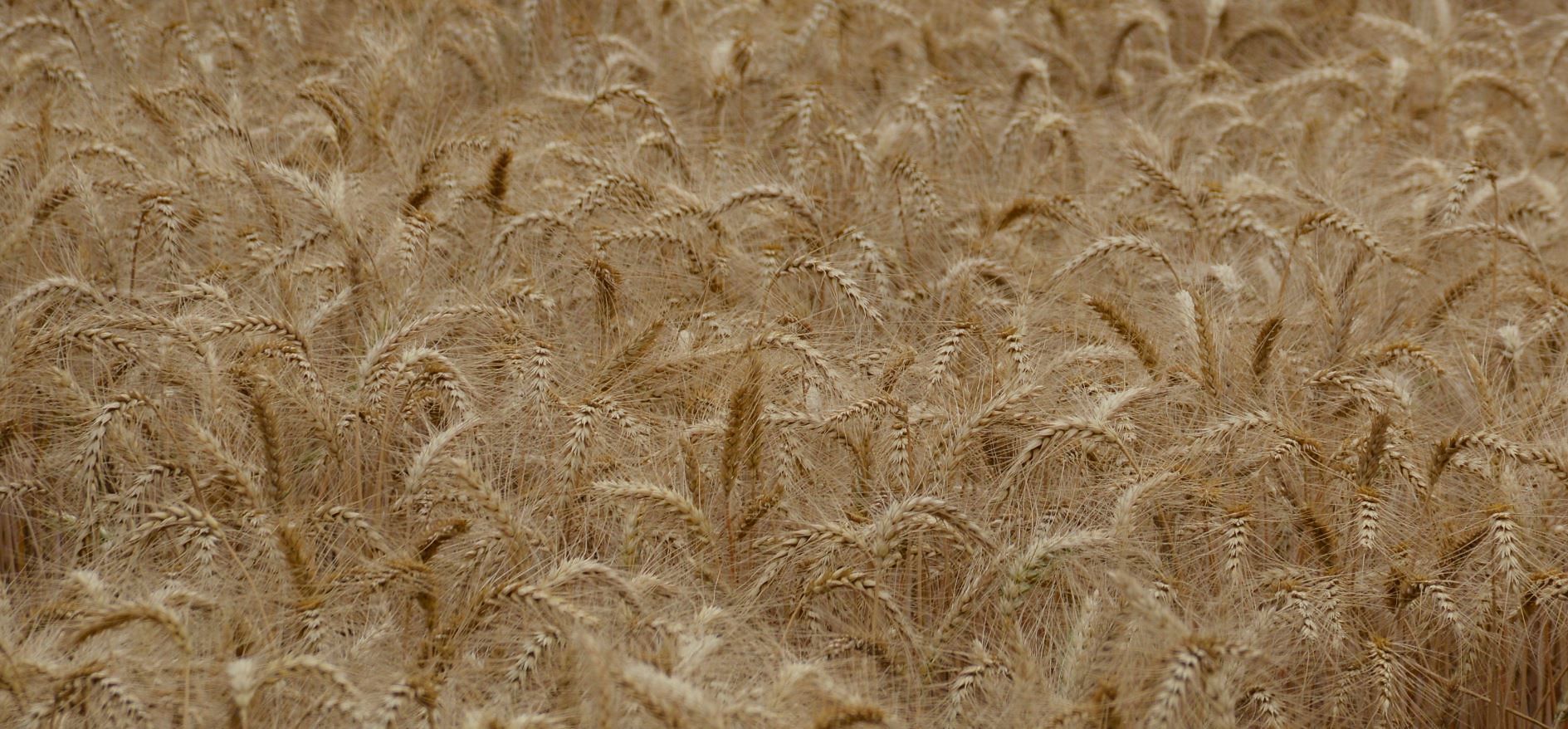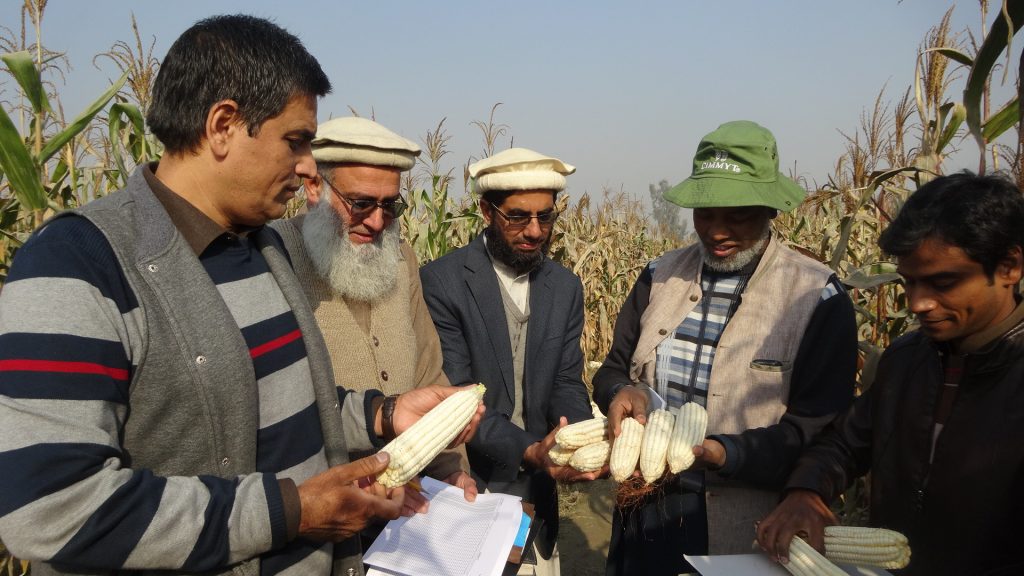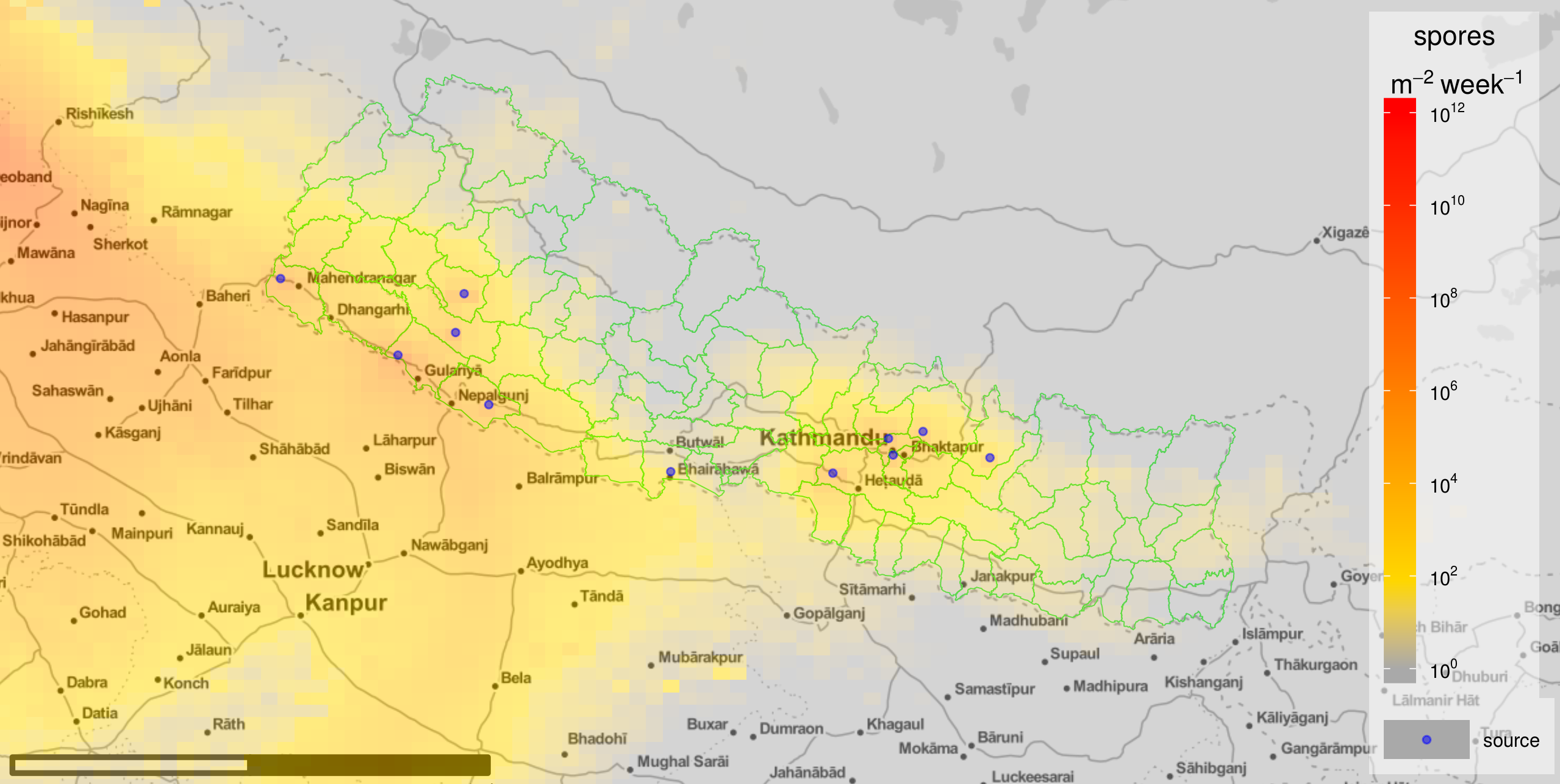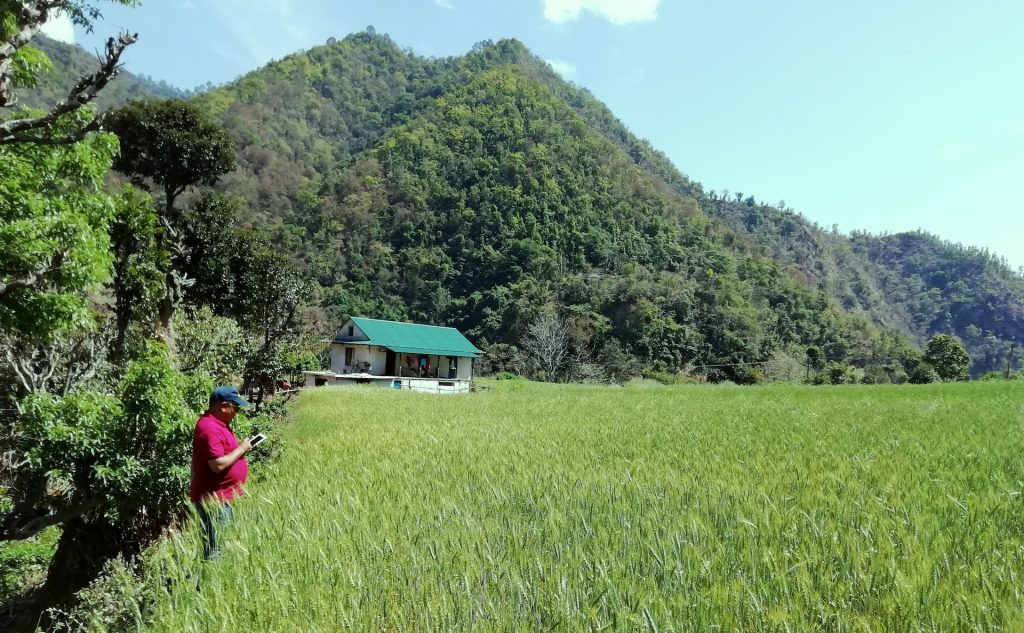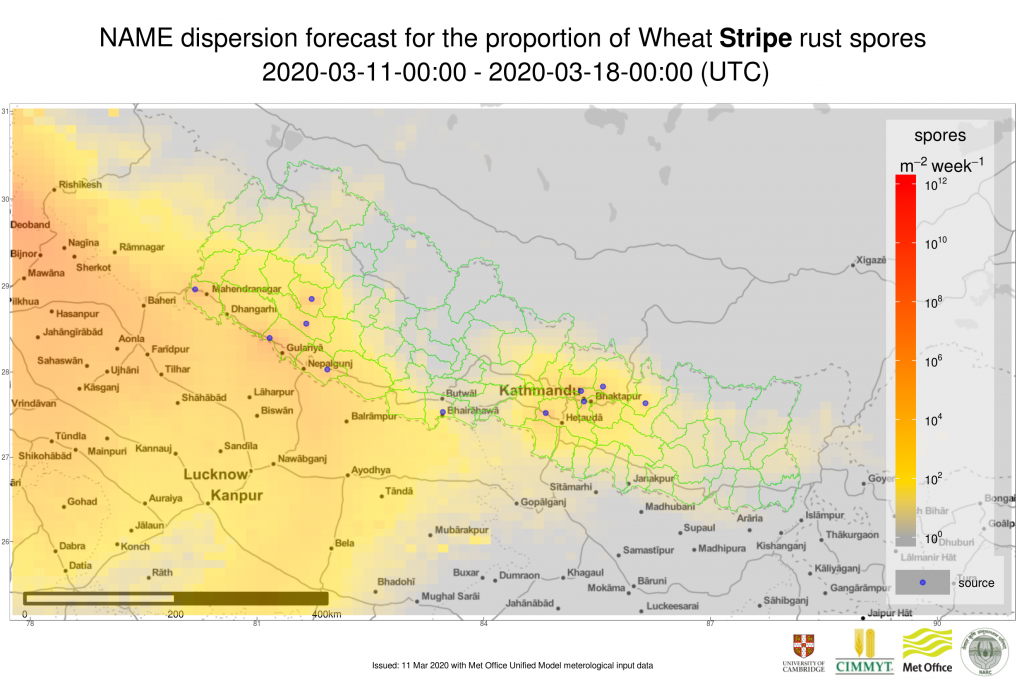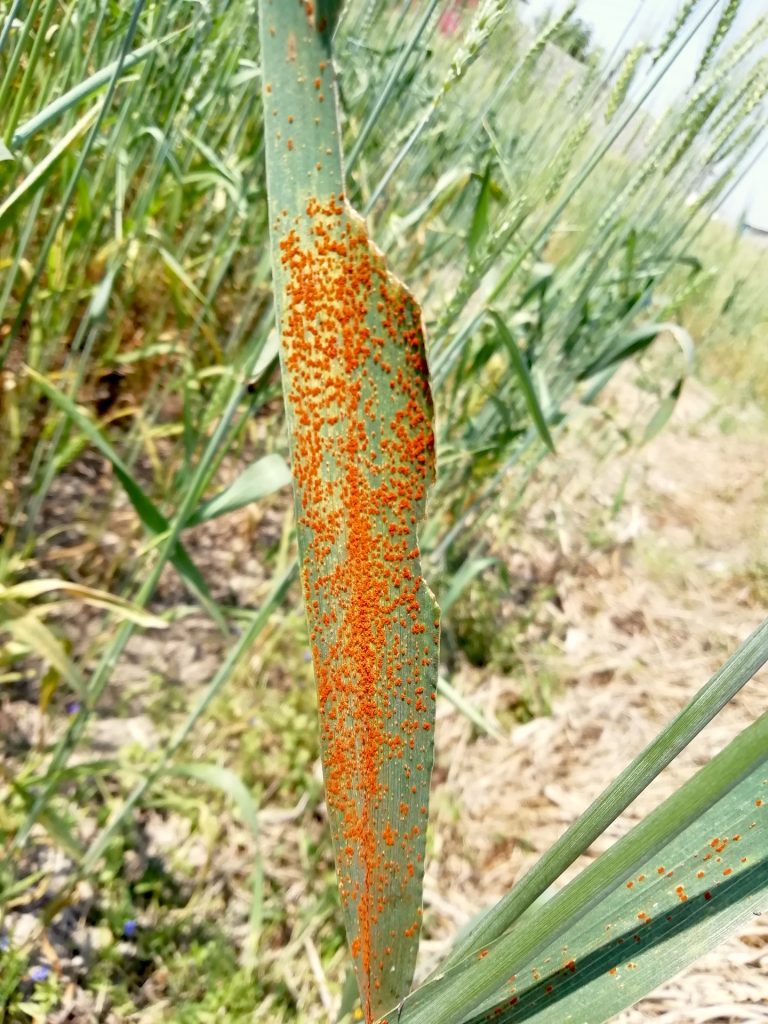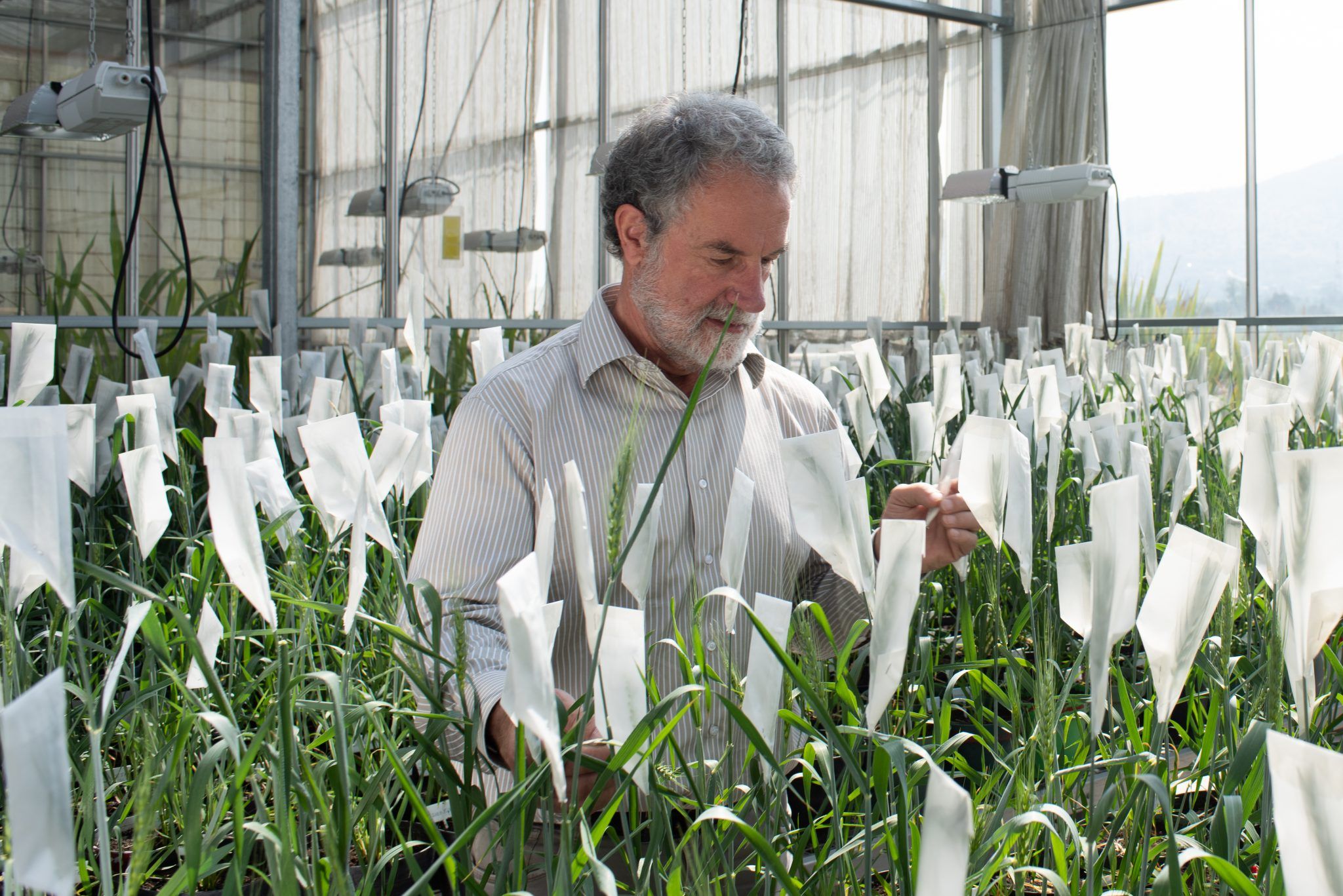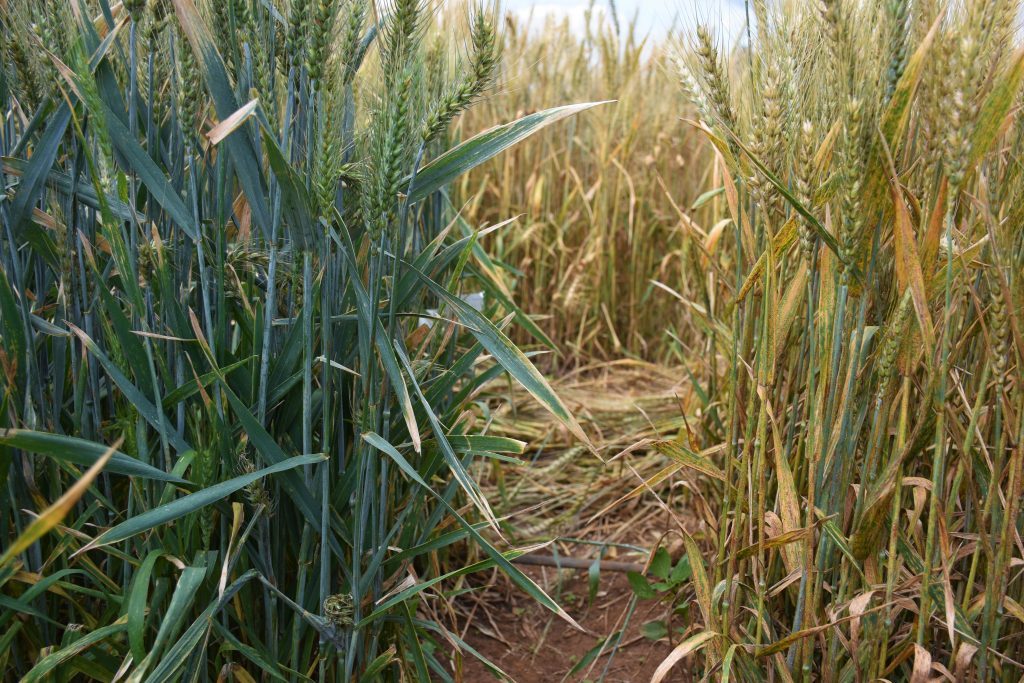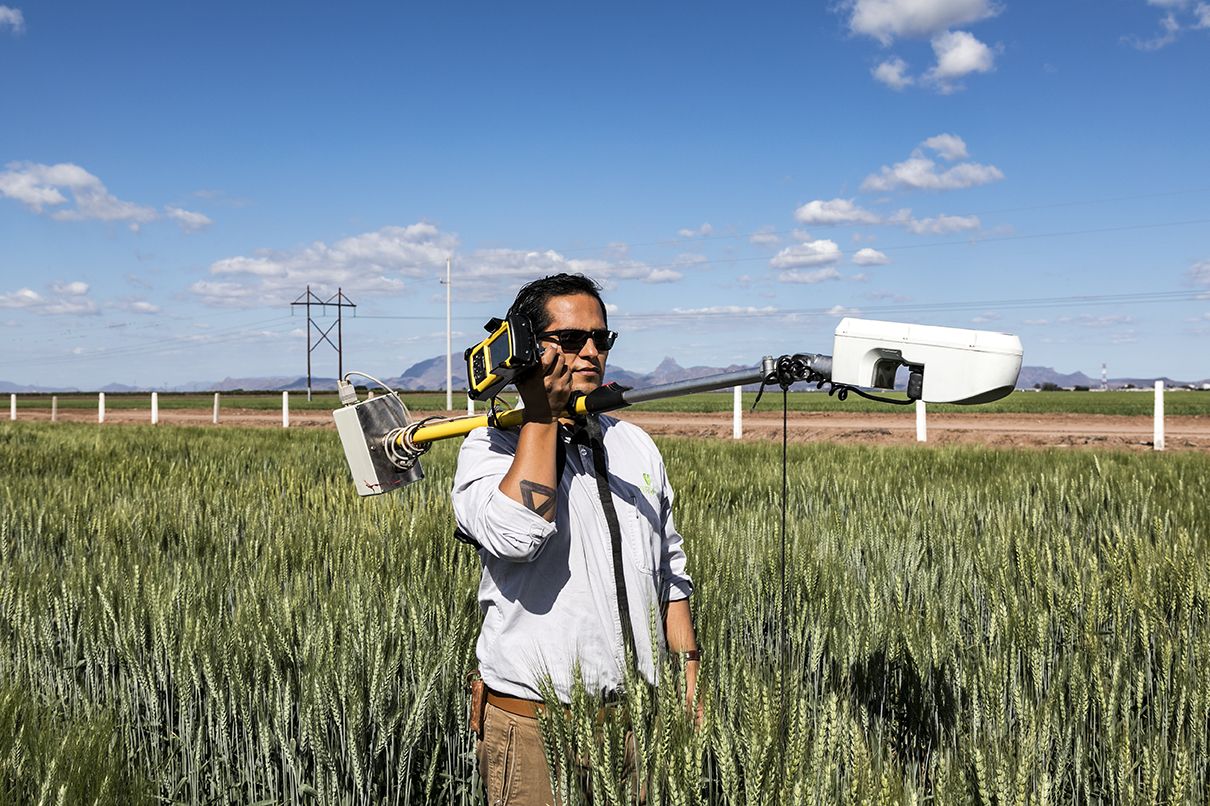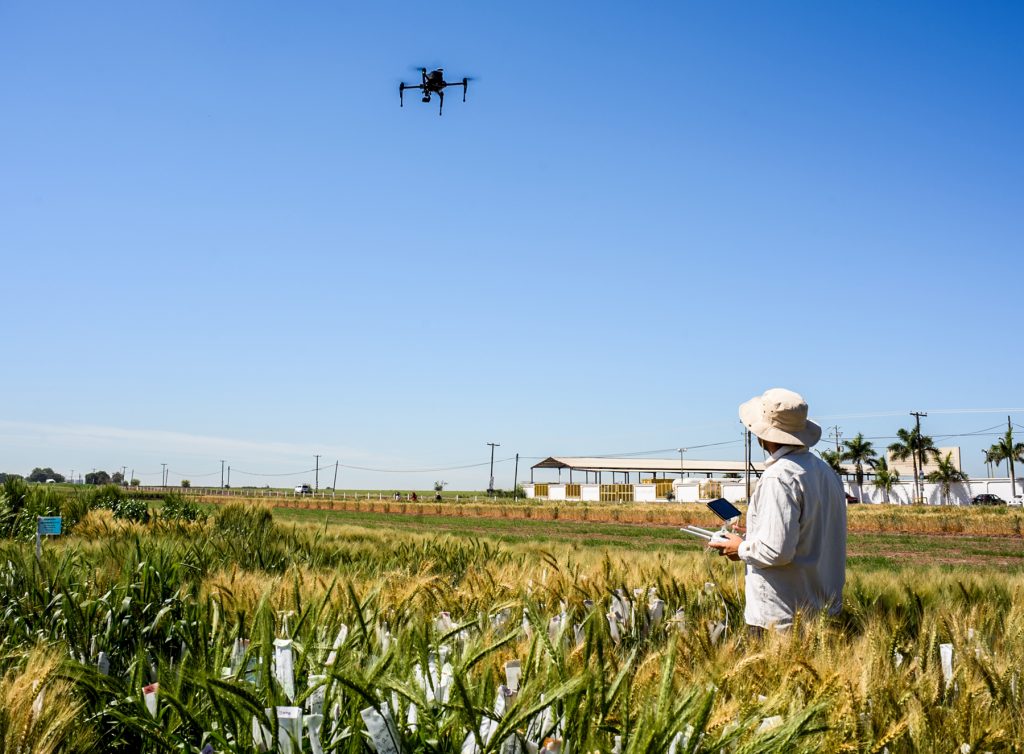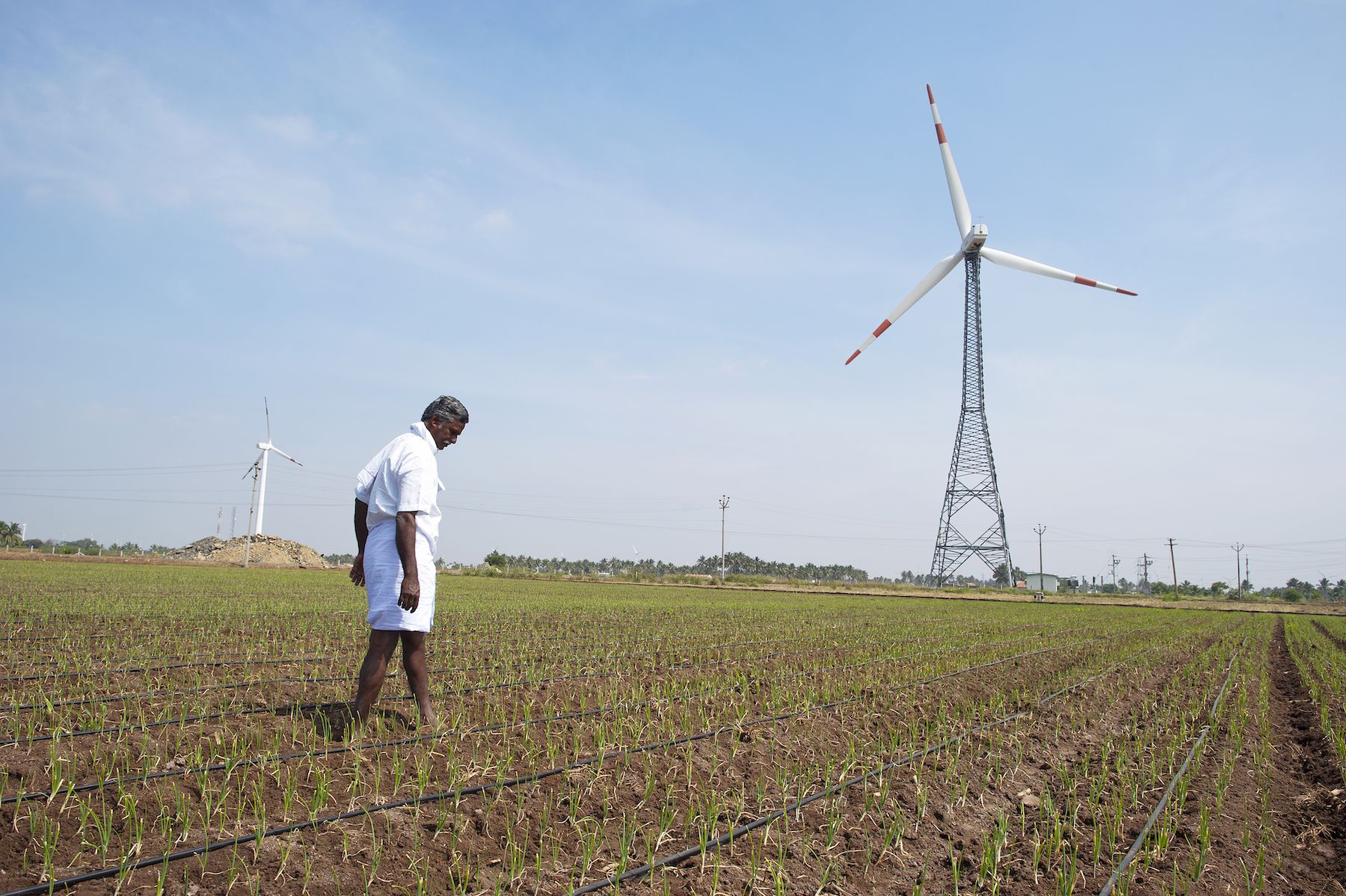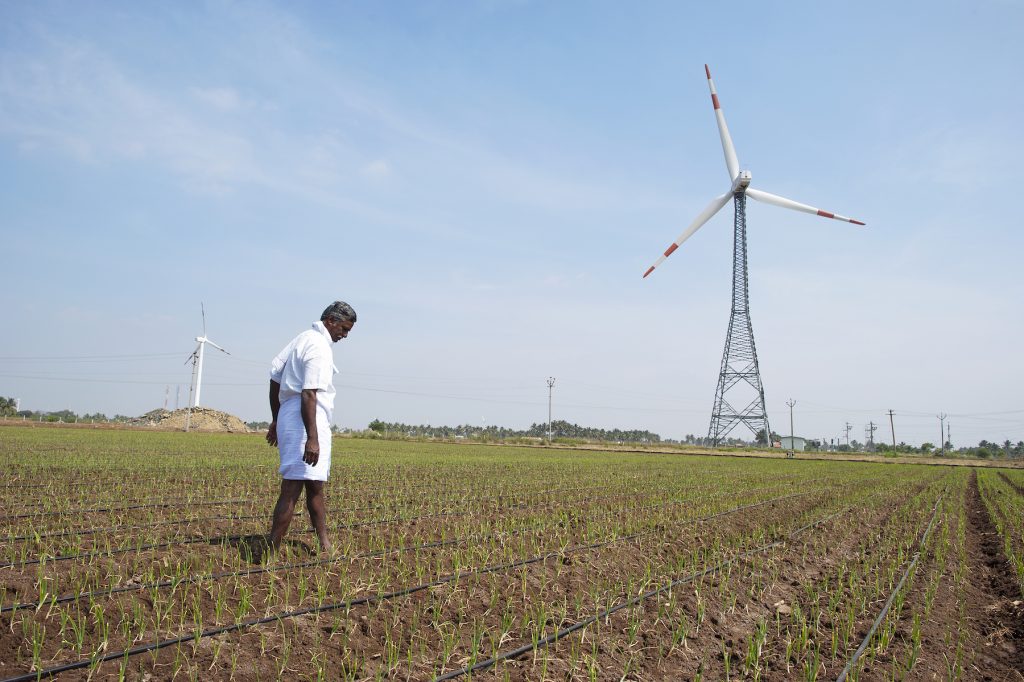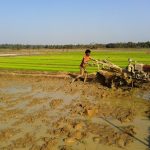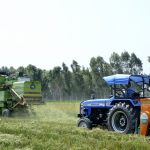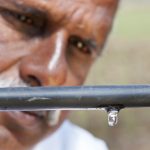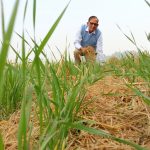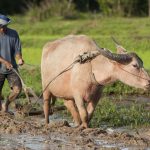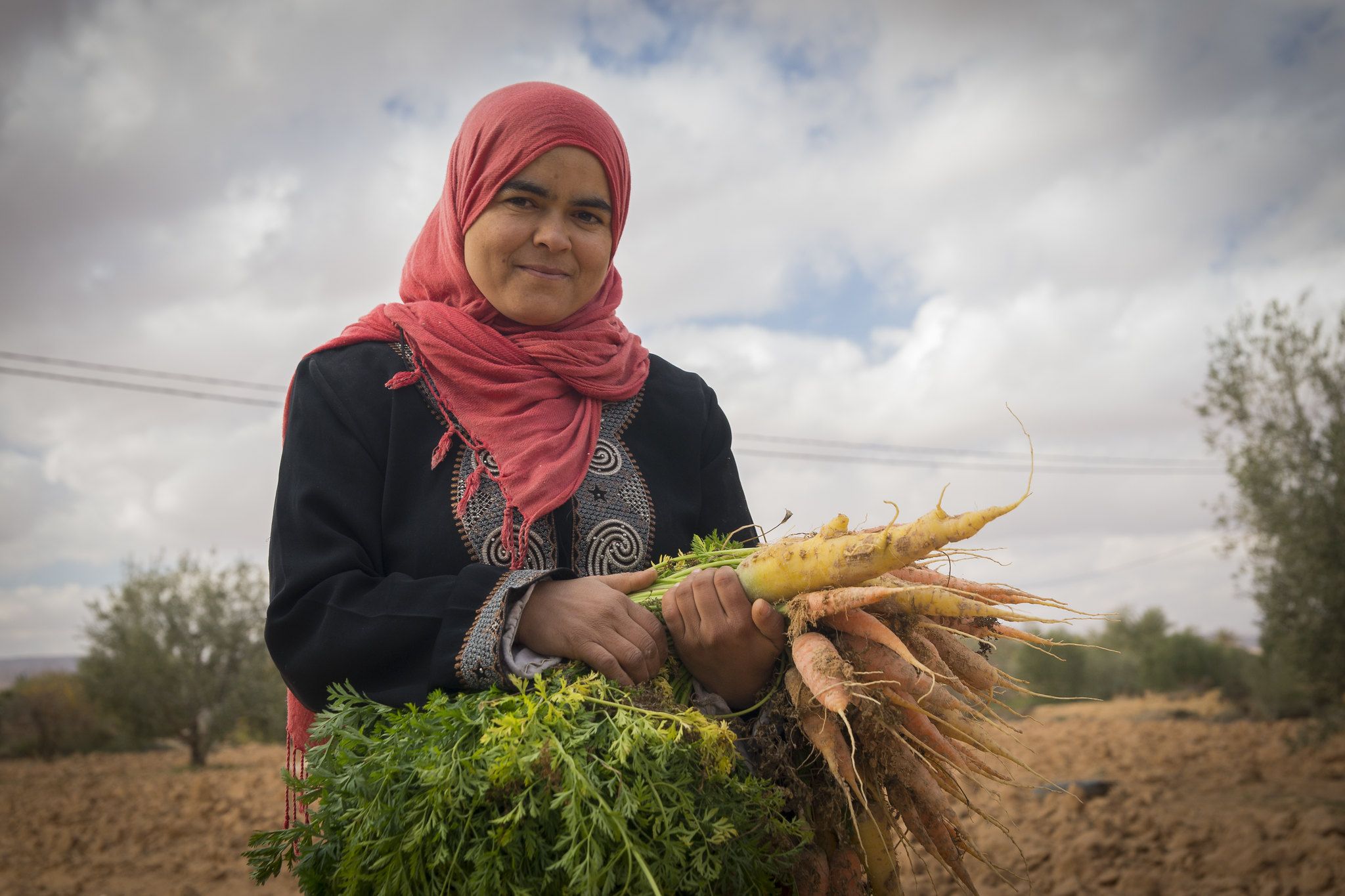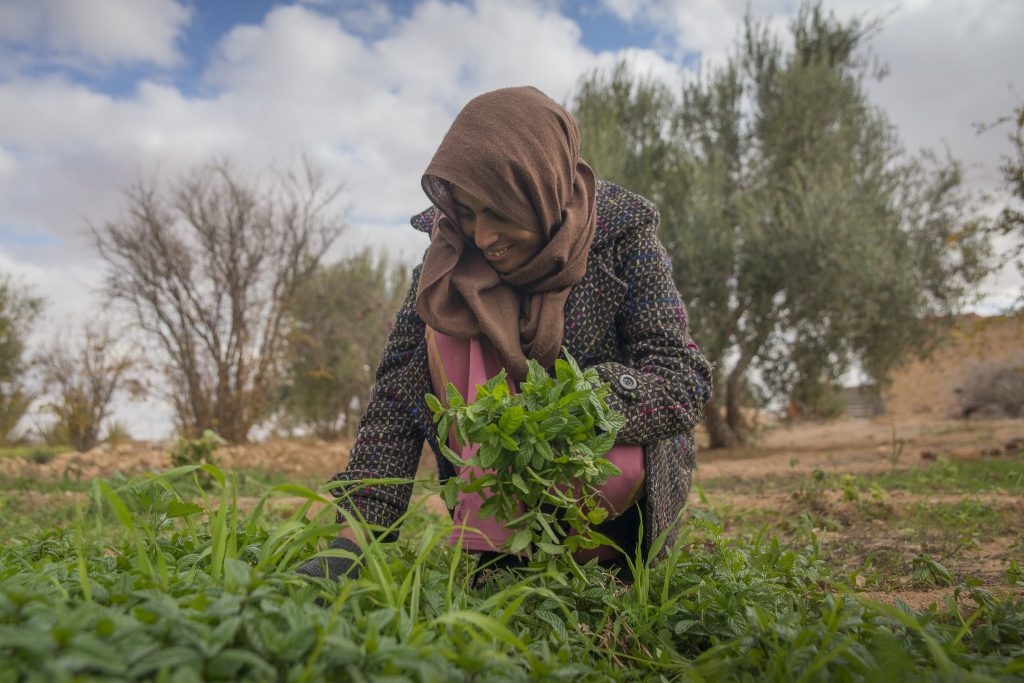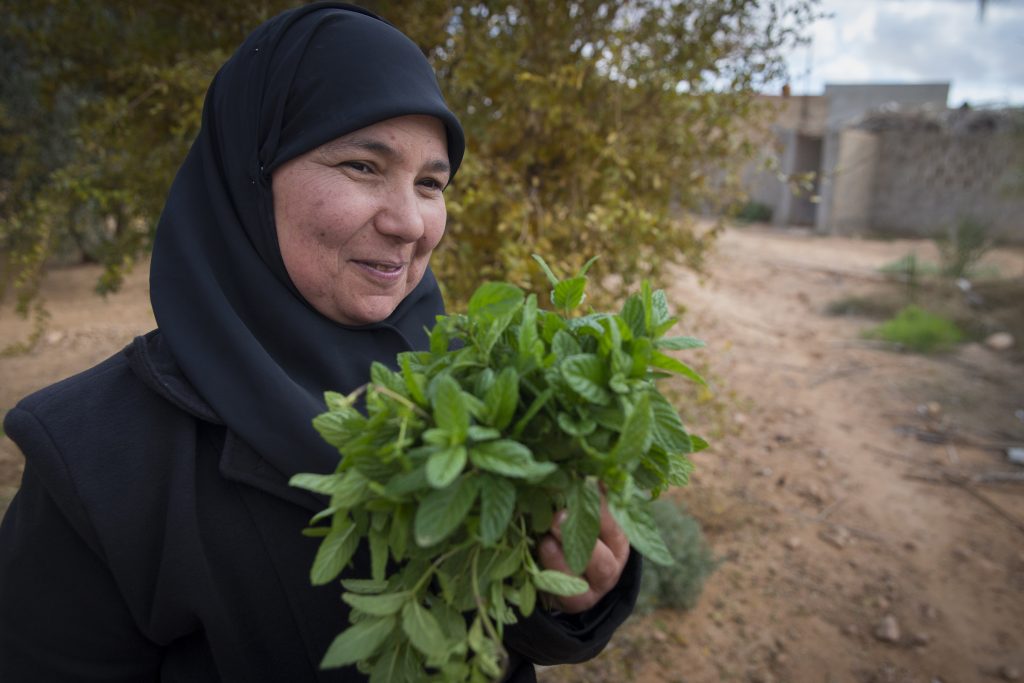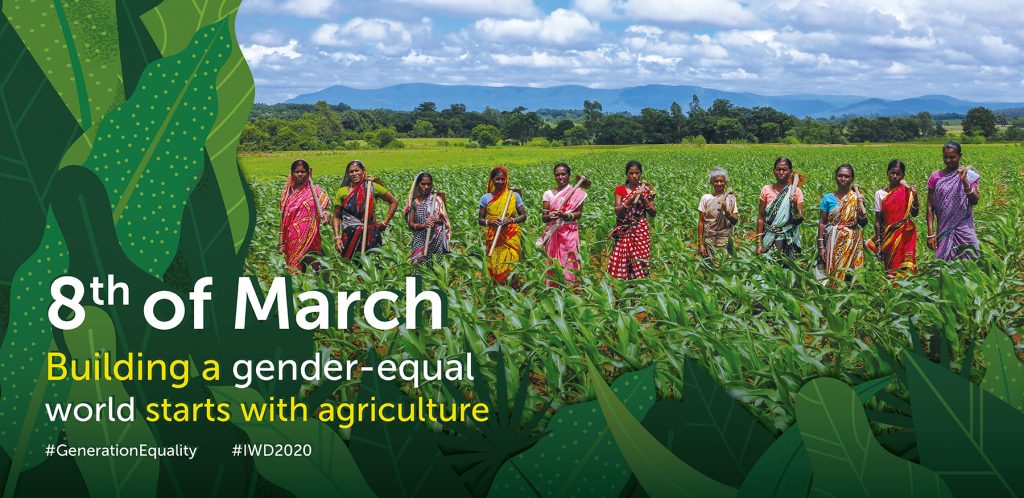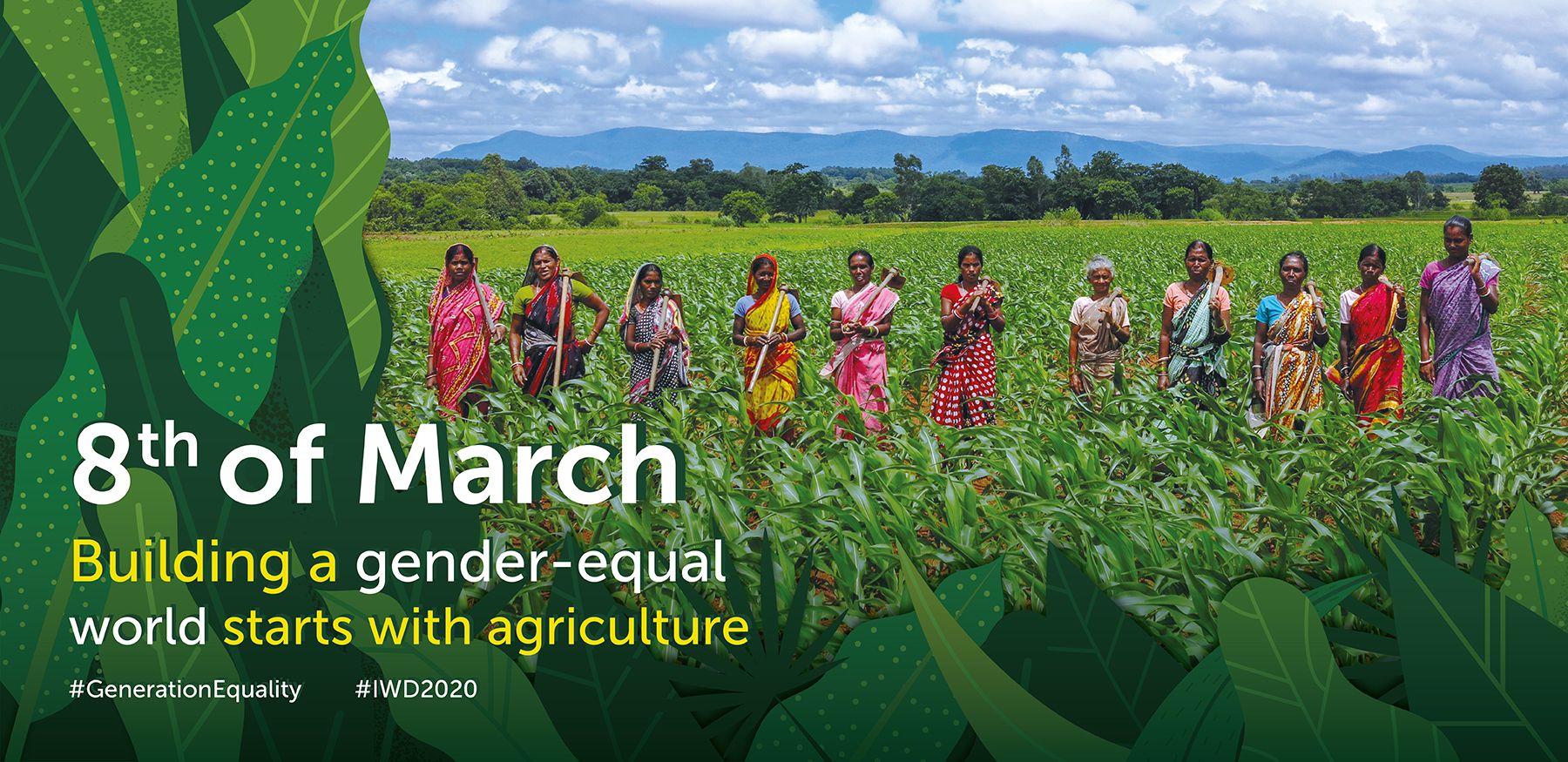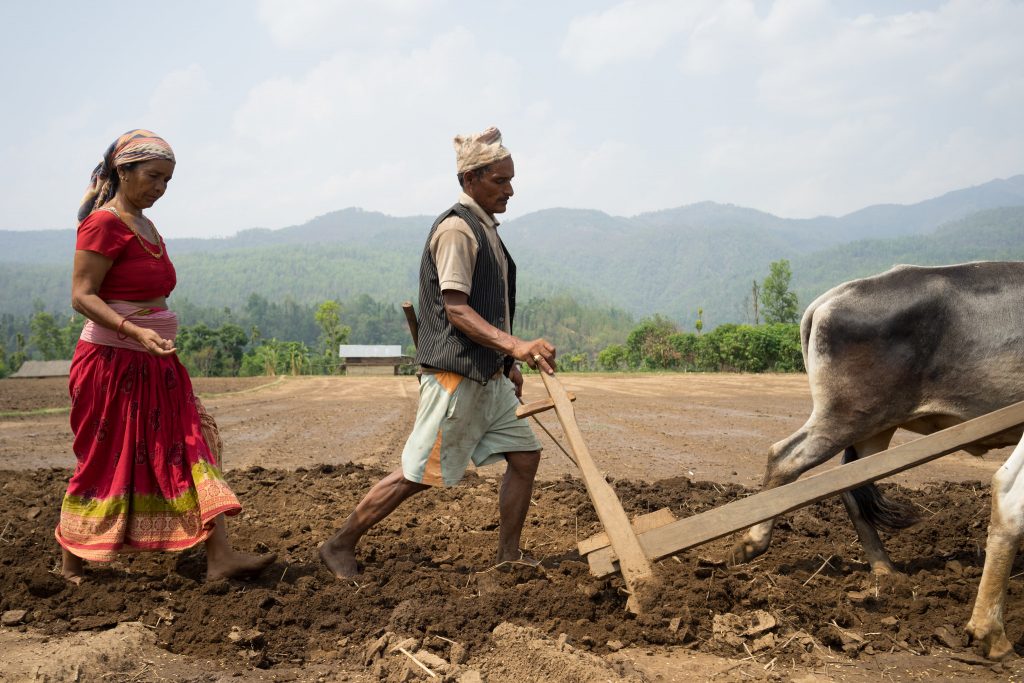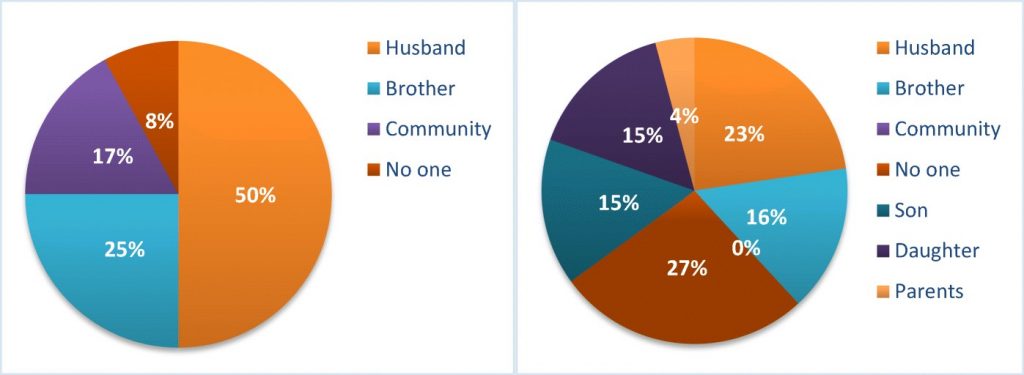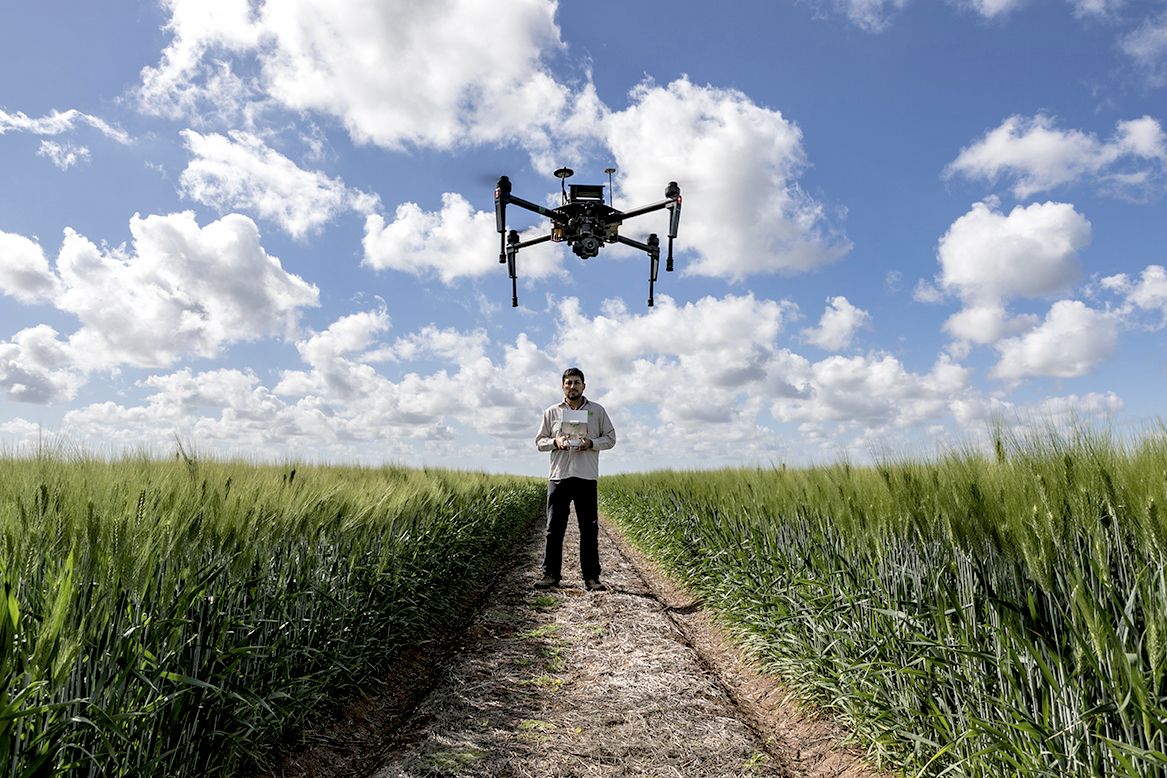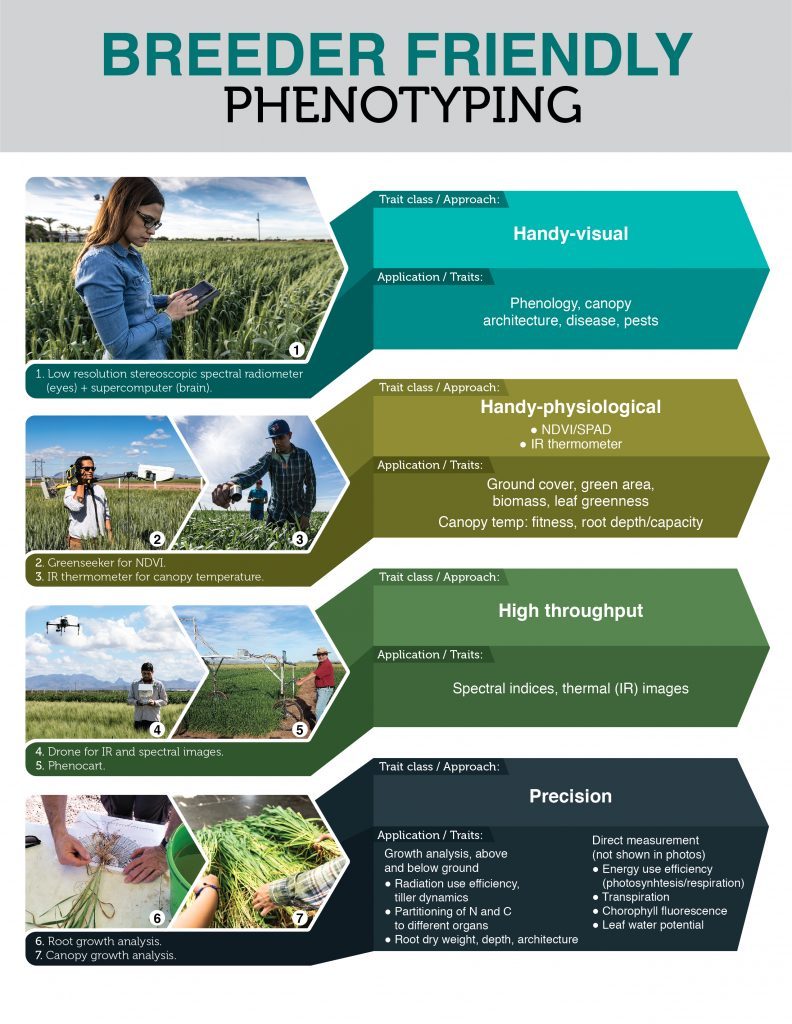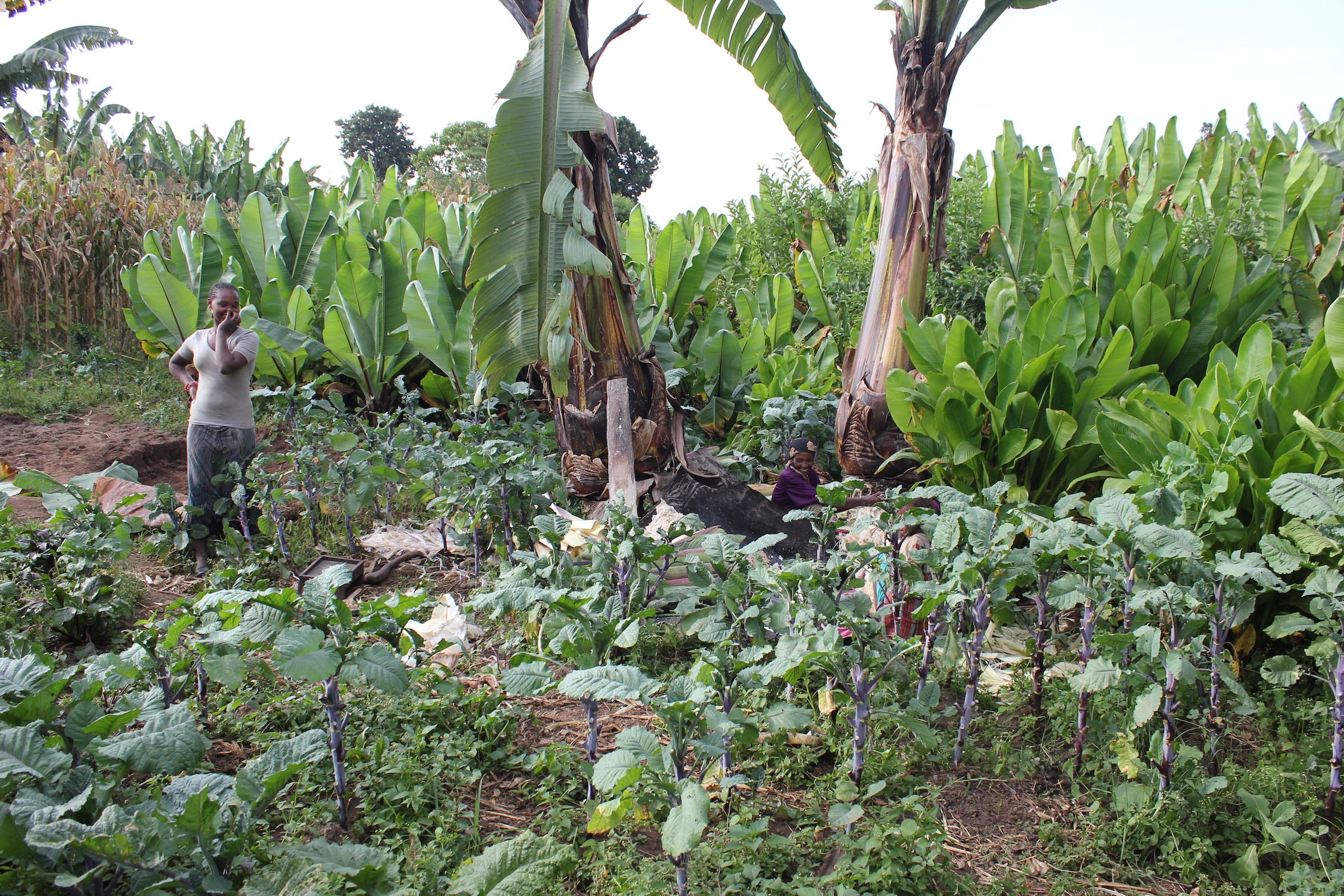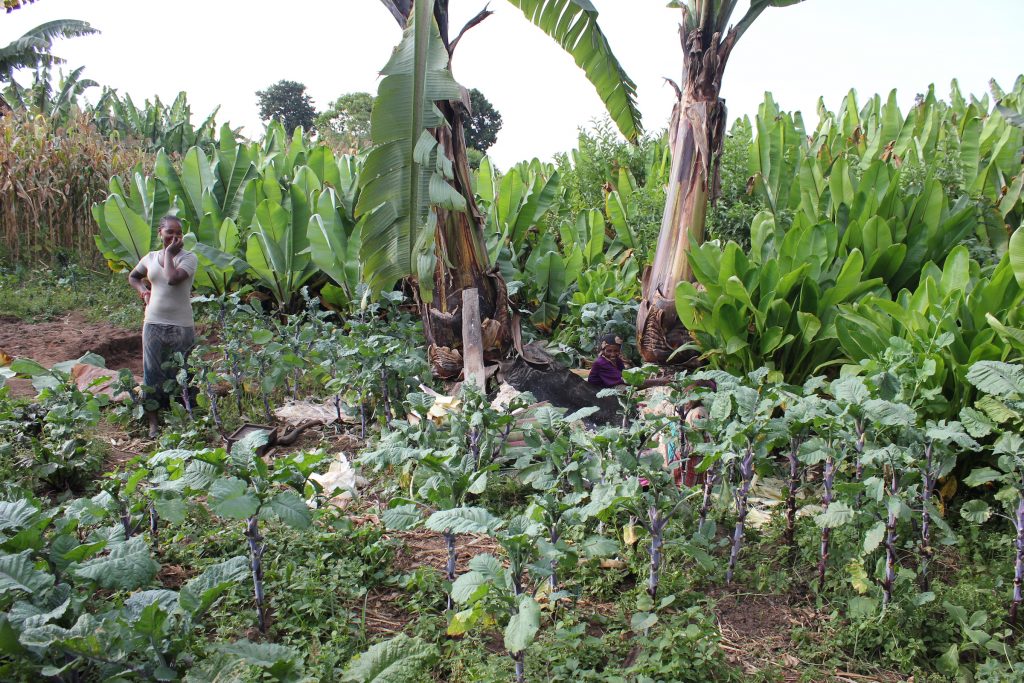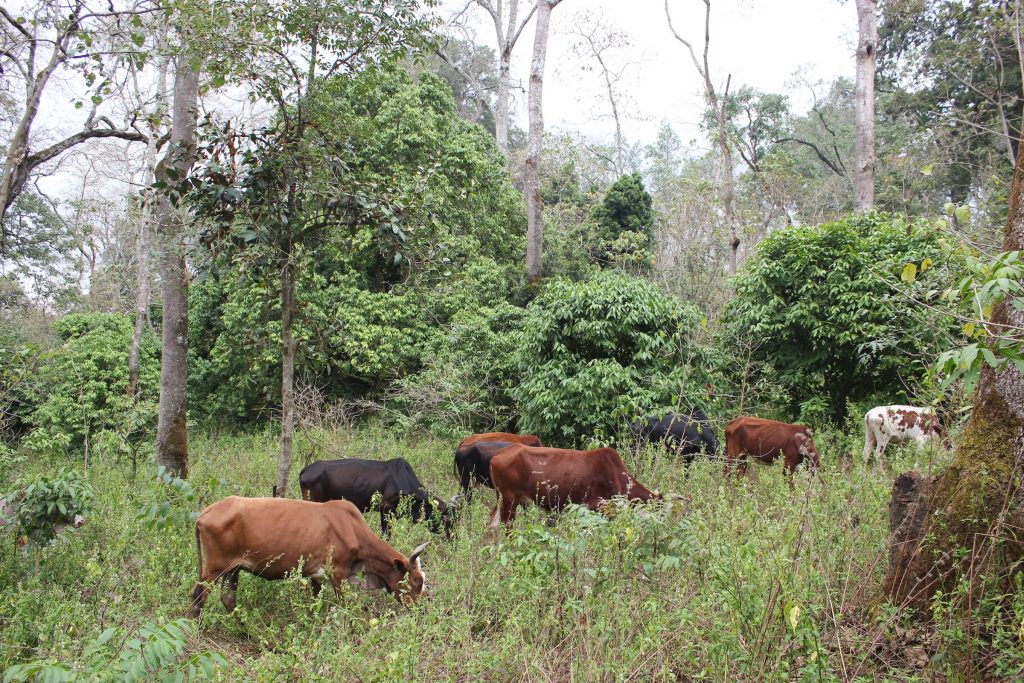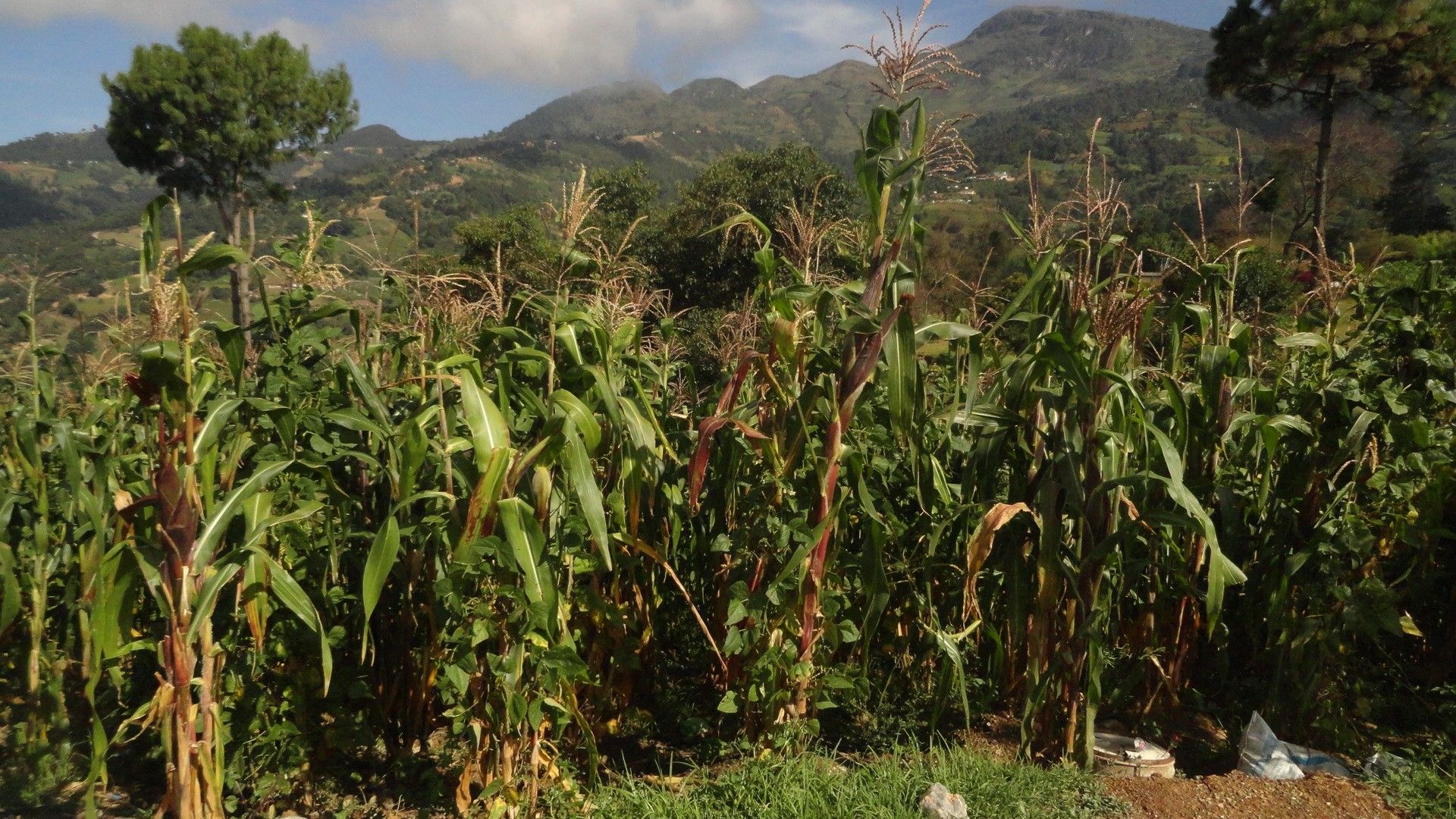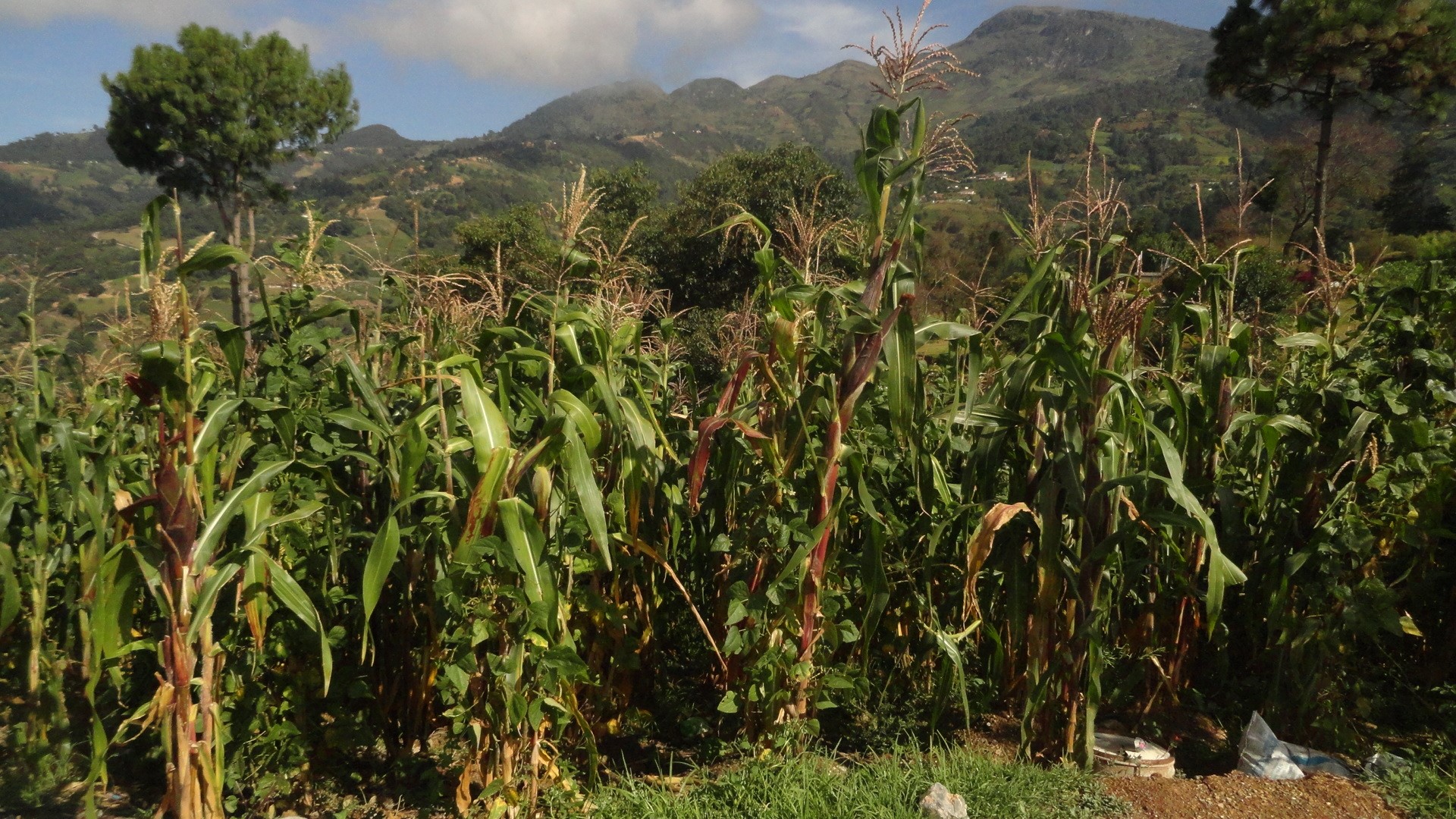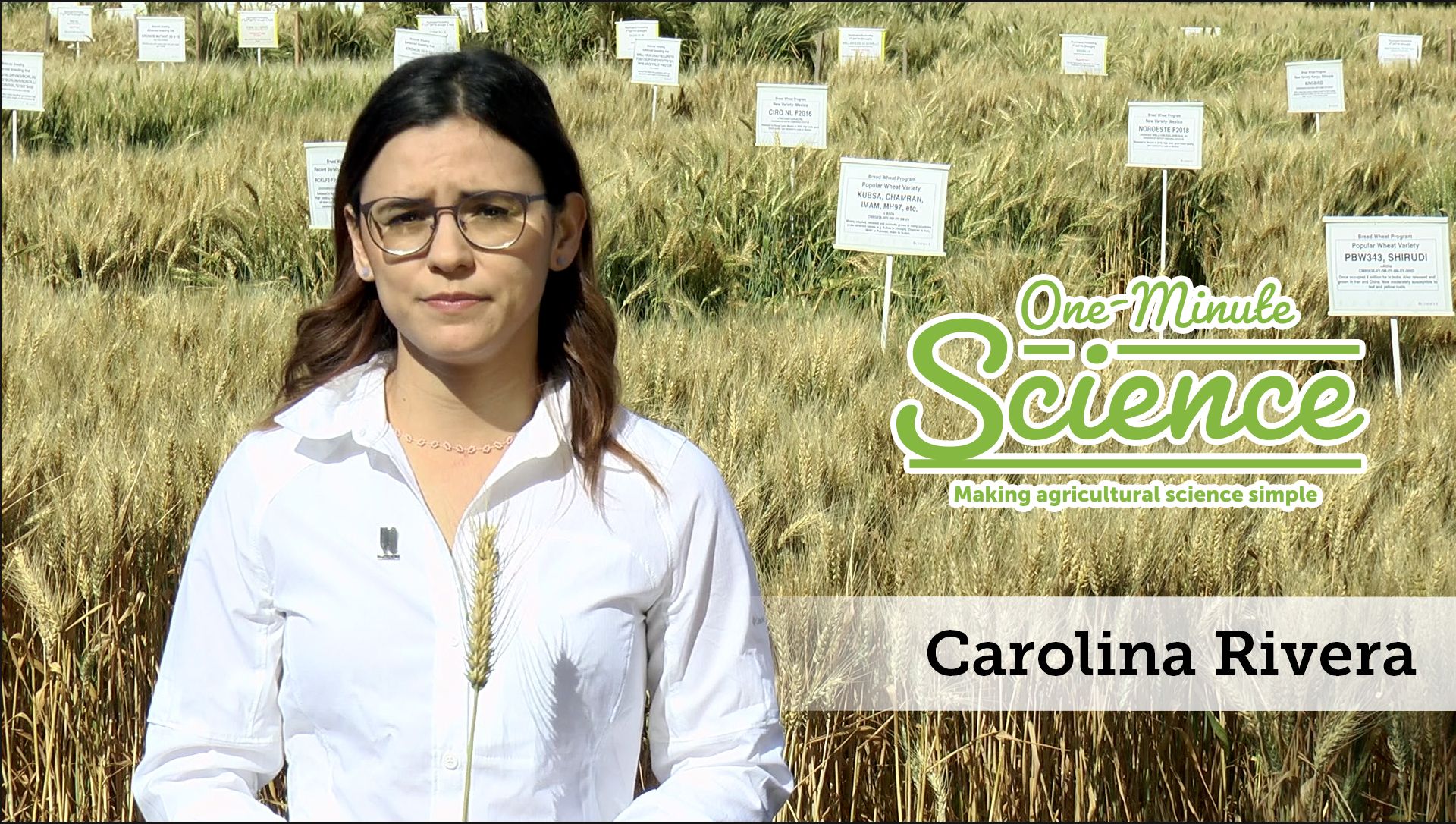Launching the AgriFoodTrust platform
 A new testing and learning platform for digital trust and transparency technologies — such as blockchain — in agri-food systems was launched at the Strike Two Summit in late February.
A new testing and learning platform for digital trust and transparency technologies — such as blockchain — in agri-food systems was launched at the Strike Two Summit in late February.
AgriFoodTrust debuted at the summit which brought together key agri-food system players to discuss how blockchain and related technologies can contribute to food safety, quality and sustainability, said Gideon Kruseman, an economist with the International Maize and Wheat Improvement Center (CIMMYT), who co-founded the platform.
“Blockchain is often associated with the digital security that led to cryptocurrencies. However, growing research is providing evidence on its unique potential to bring greater efficiency, transparency and traceability to the exchange of value and information in the agriculture sector,” said Kruseman.
“Many of the wicked problems and seemingly insuperable challenges facing dynamic, complex agri-food system value chains, especially in low and middle-income countries, boil down to a lack of trust, transparency and reliable governance structures,” said the researcher who also leads the Socio-Economic Data Community of Practice of the CGIAR Platform for Big Data in Agriculture.
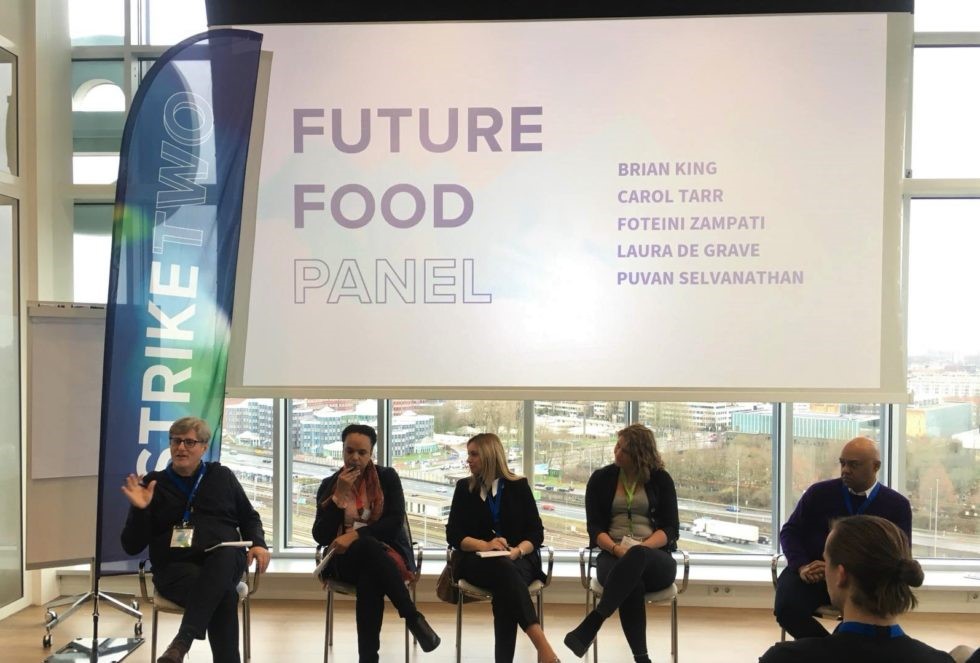
A blockchain is a ledger that is almost impossible to forge. It can be described as a data structure that holds transactional records and ensures security, transparency and decentralization. Technology may be at the foundation of the solutions, but technology is the easy part; solving the softer side has proven to be a seemingly insuperable challenge over the past decades, Kruseman explained.
Digital trust and transparency technologies can be used to improve governance structures and limit corruption in agri-food systems in low and middle income countries, said Marieke de Ruyter de Wildt, co-founder of AgriFoodTrust.
“This new generation of decentralized technologies is, in essence, improving governance structures. People often think it is about technology, but it’s not. It is about people and how we organize things.”
“These technologies are neutral, immutable and censorship resistant. You can mimic this if you think about rules without a ruler. Just imagine what opportunities arise when a system is incorruptible,” said de Ruyter de Wildt.
It is hoped, accessible via QR codes, for example, that the technology can be used to tackle challenges, such as preventing the sale of counterfeit seeds to smallholder farmers, ensuring the nutritional value of biofortified crop varieties and promoting the uptake of sustainable agricultural principles whilst improving the implementation and monitoring of international agreements related to agriculture.
“This is where the platform comes in as a knowledge base. The AgriFoodTrust platform sees researchers from CGIAR Centers and academia, such as Wageningen University, experiment with these technologies on top of other solutions, business models and partnerships to determine what works, how, when and for whom, in order to share that information,” Kruseman added.
Findings on the new platform will be used to build capacity on all aspects of the technologies and their application to ensure this technology is inclusive and usable.
Along with Kruseman, AgriFoodTrust co-founders include digital agriculture experts de Ruyter de Wildt, the Founder and CEO of The New Fork, and Chris Addison, Senior Coordinator of Data for Agriculture at CTA. Seed funding for the platform has been raised through CTA, the CGIAR Platform for Big Data in Agriculture and the CGIAR Programs on MAIZE and WHEAT.
“AgriFoodTrust sets out to accelerate understanding about these technologies and fundamentally make food systems more integer and resilient,” explained de Ruyter de Wildt.
By 2050, farmers will need to grow enough diverse and nutritious food to feed 10 billion people on less land using less resources while faced with the challenges of a changing climate. This has led researchers to push for agricultural technologies that engender more inclusive, sustainable food systems. It is hoped that increased trust and transparency technologies can help overcome counterproductive incentives, poor governance structures, prevailing institutional arrangements and market failures.
For more information, subscribe to the Socio-Economic Data Community of Practice newsletter.
